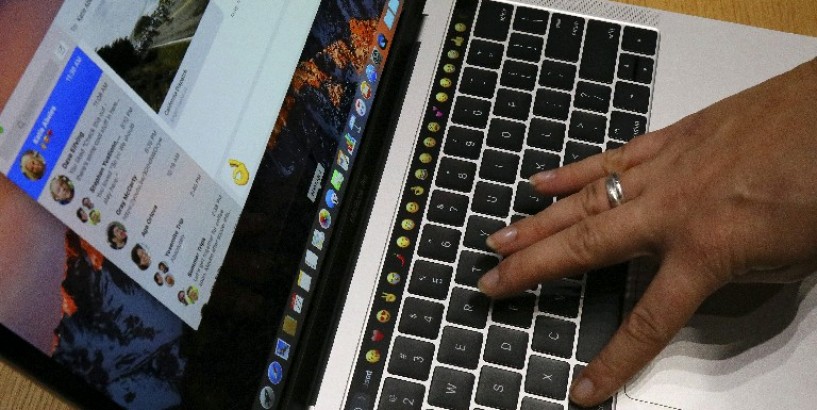“Imagine if part of our community didn’t have access to water. There would be a huge outcry about that.”
Those are the words of Matt Enstice, chief executive officer of the Buffalo Niagara Medical Campus, describing the effects of so-called digital deserts, areas in which large segments of the population are not connected to broadband internet service which, more and more, is a basic utility, like hot water, heat and electricity.
The disconnect is a problem in rural areas where the web pipelines are not available, and in urban neighborhoods where many cannot afford computers or regular internet service.
A recent story in The News highlighted data from the Census Bureau showing that low-income pockets of Buffalo, Lockport and Niagara Falls are largely unconnected to the internet.
A promising note for Buffalo is that the city’s new chief information officer, Luis Taveras, is well aware of the problem and vows to take action. Taveras told The News his department will be advocating for free, citywide public Wi-Fi to bring about more “digital inclusion.”
The problem is a particular concern for students and their families. Homework assignments, study guides, grades, just about every form of school communication is done online. The Buffalo Public Schools usea “Parent Portal,” a place for parents to check in on their children’s academic progress, grades and attendance records, or to receive notices about potential academic or behavioral problems. The portal has an app version for phones and other mobile devices, but even the app is underused by some families that have not made the transition to the digital world.
Four of the city’s high schools offer designated parent rooms with internet access for the families of students, but many do not take advantage of them. That’s an example of how educating families – raising their digital literacy – is just as important as providing low-cost Wi-Fi.
For parents who work two or more jobs and worry about how to pay their bills, internet service may seem further down their hierarchy of needs, but lack of access to the web can deny their families opportunities in education – such as math lessons on YouTube, looking for employment or in seeking out health information.
A number of other cities have grappled with digital divides in recent years, so Buffalo’s Taveras has plenty of examples from which to learn.
Seattle’s city government in 2016 launched a Digital Equity Initiative Action Plan, investing $1.6 million on three prongs of the plan: devices and technical support, skills training and connectivity. Google and Comcast signed on a supporters.
Baltimore last year released its Inclusive Digital Transformation Strategic Plan, which promised to “establish a tech ecosystem” that bridges the digital divide.
Internet service providers are part of the solution, with their low-cost offerings. Last week’s News story mentioned Spectrum Internet Assist, a basic service that costs $14.99 per month, and Verizon’s limited DSL plan with a $29.99 monthly charge.
The speed of those connections is not always robust enough for downloading homework assignments or streaming video, but they are a start.
Access and education are equally important to solving the digital desert problem. If there were easy solutions, we’d already have them. But anyone interested in promoting a better life for those living in disadvantaged neighborhoods has a stake in seeing more families move onto the digital grid. Without it, escaping poverty is all but impossible.









